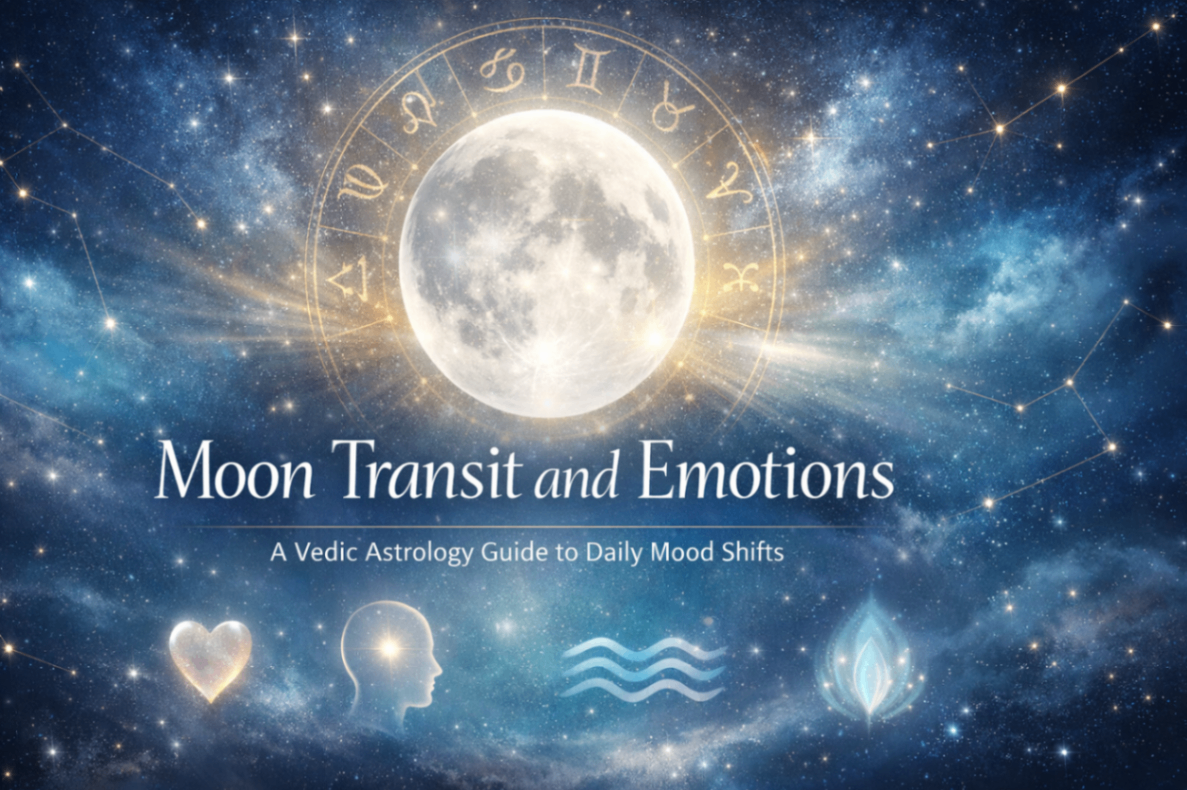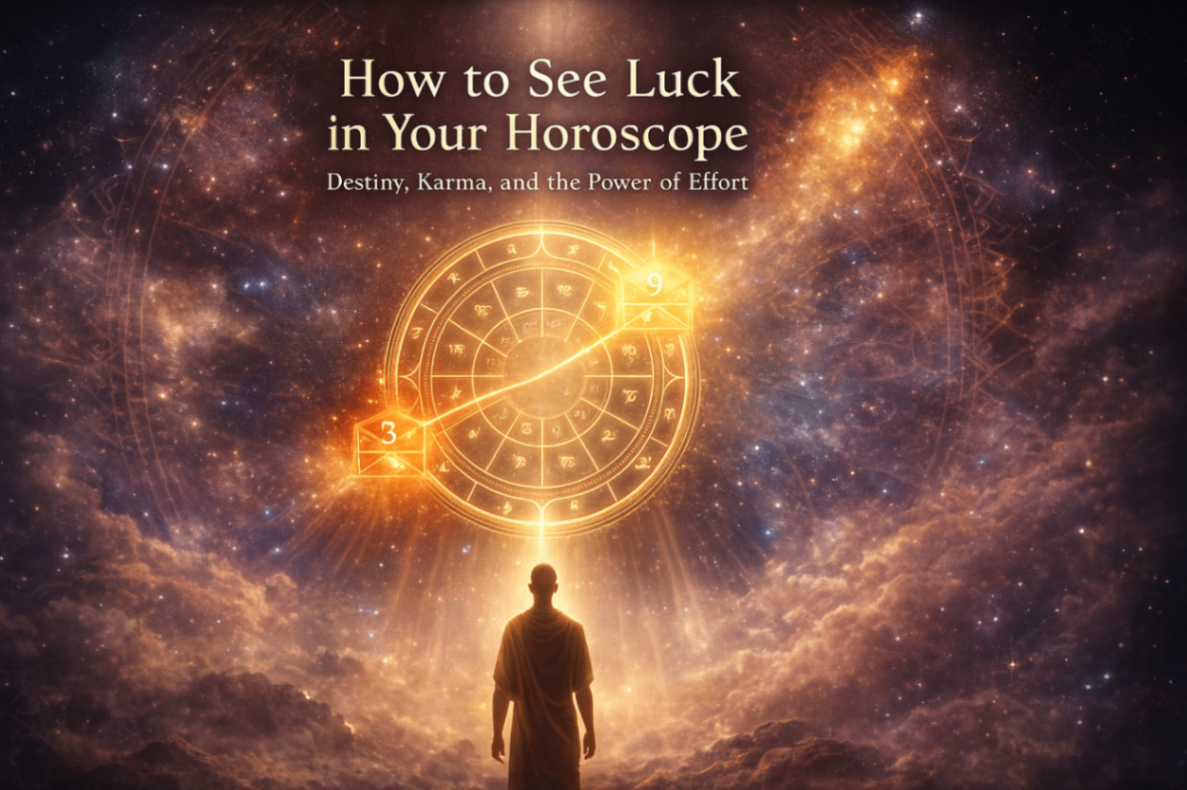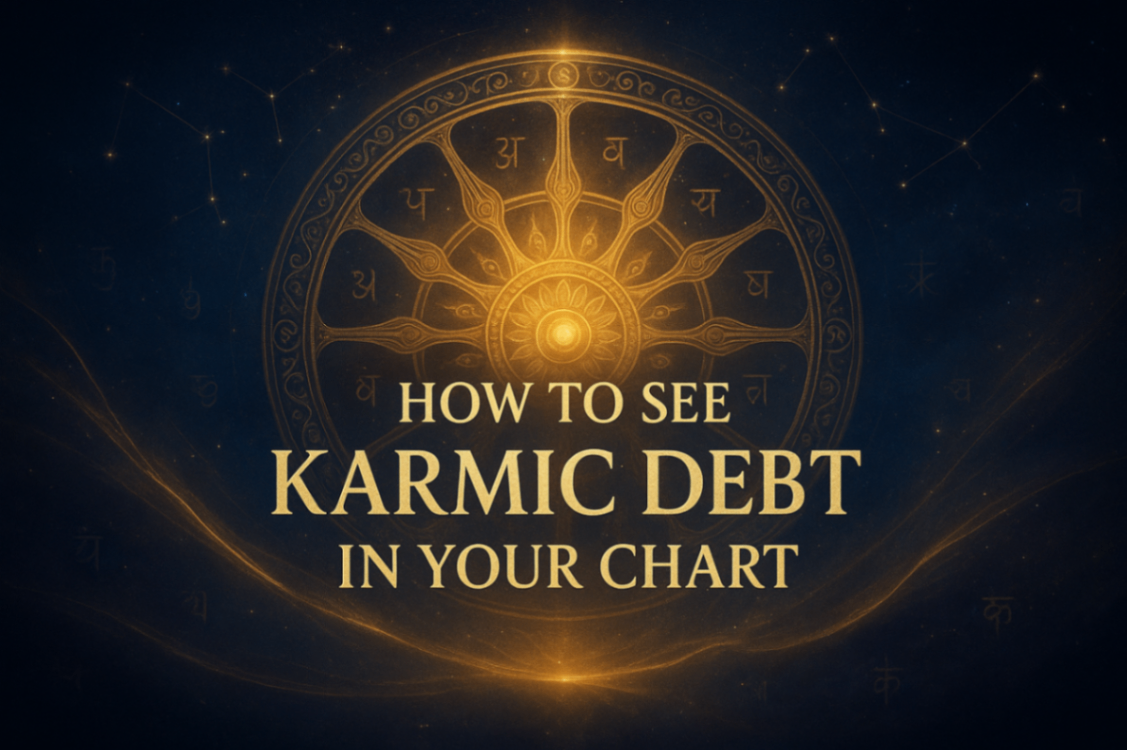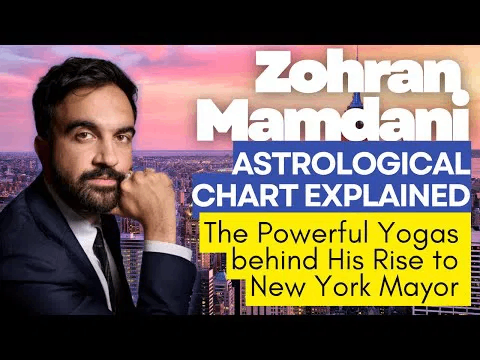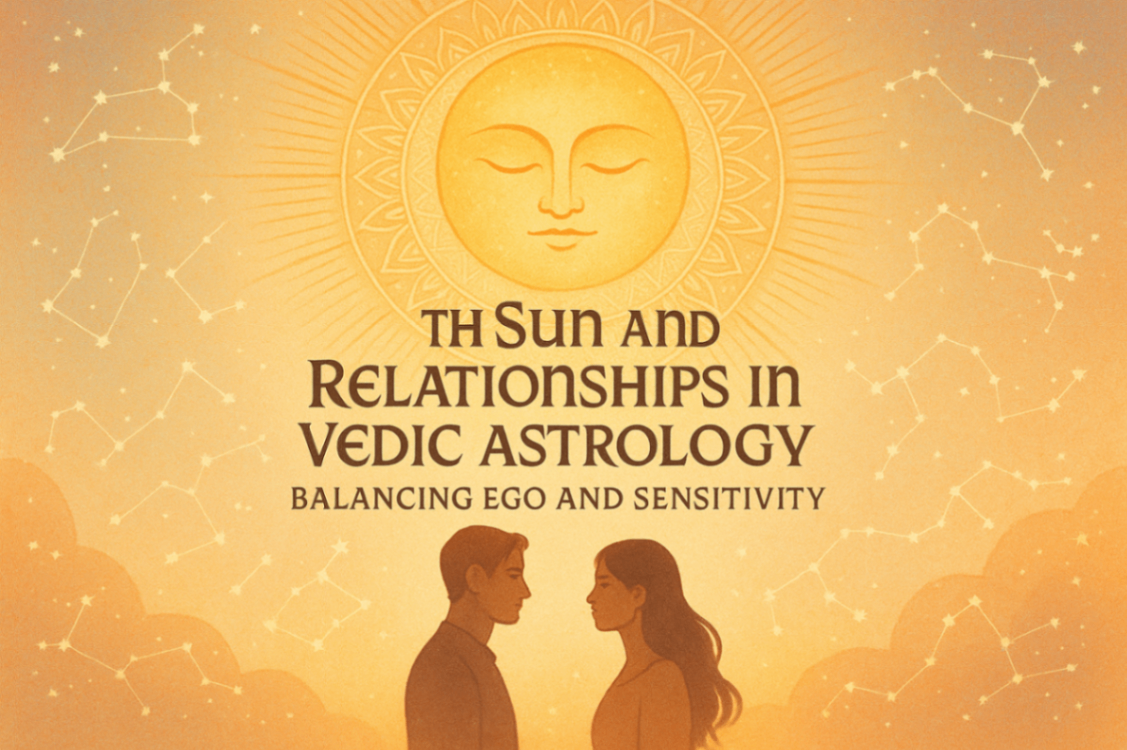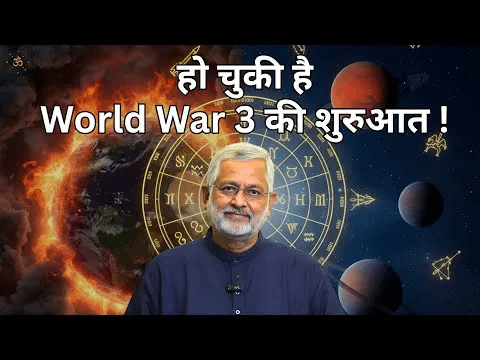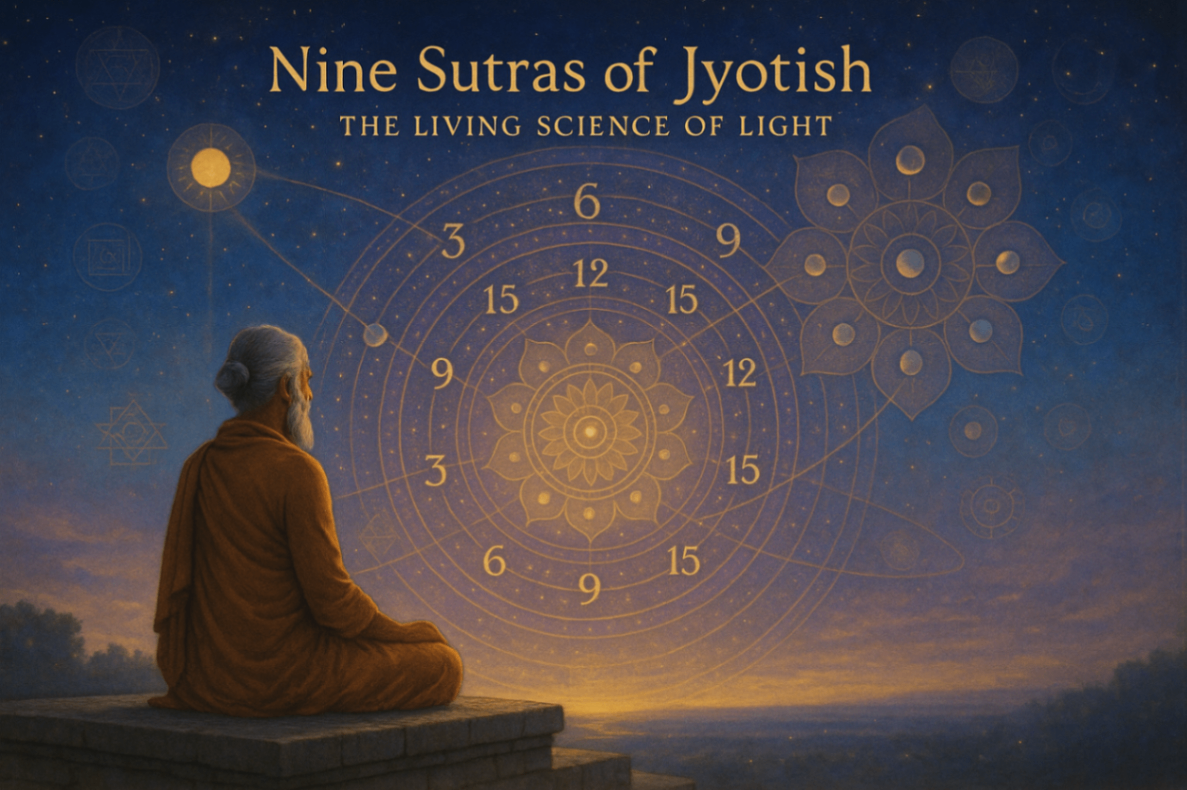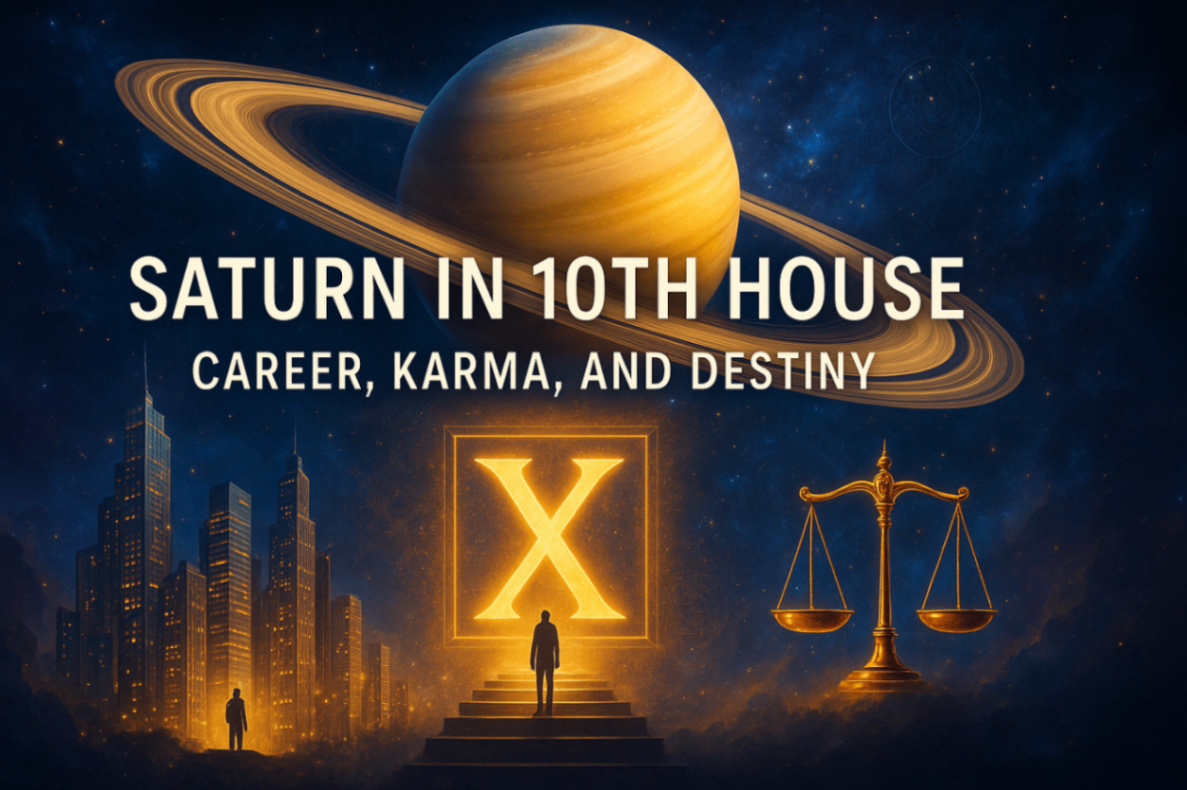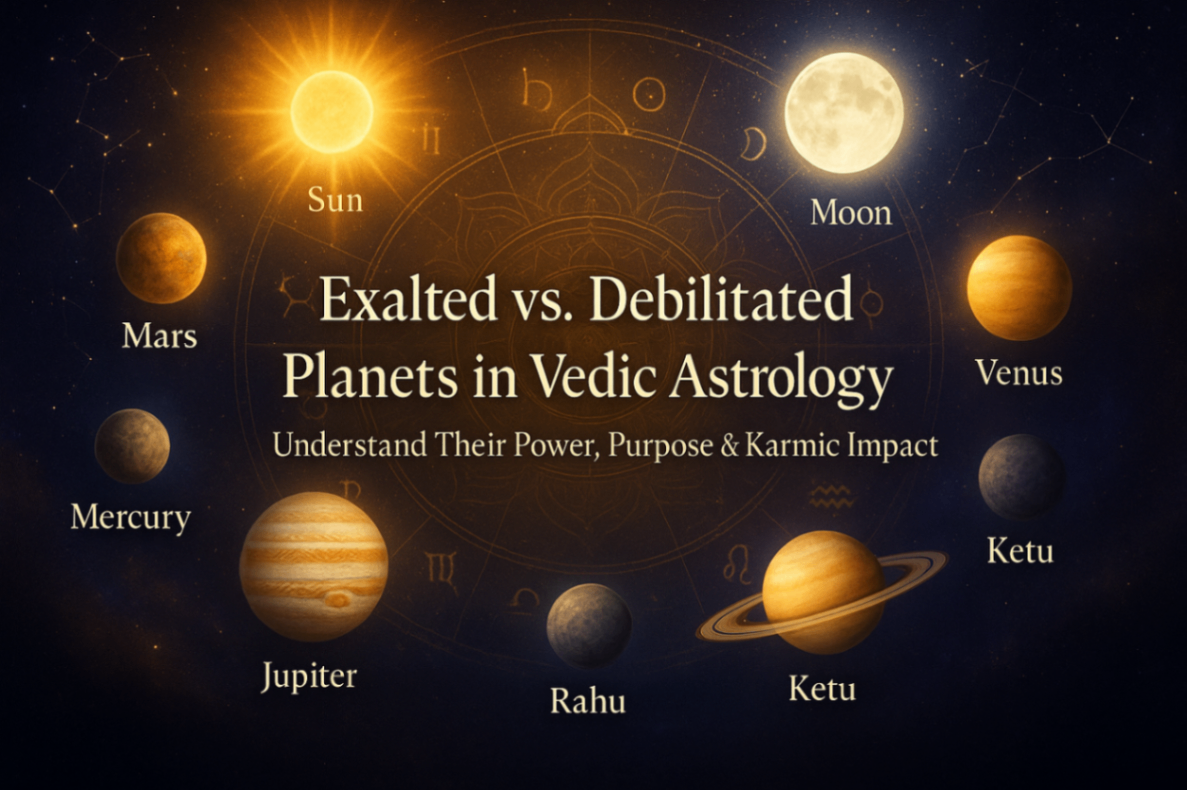Vedic astrology has guided seekers for thousands of years. It relies on planetary positions, cosmic rhythms, and well-defined principles to interpret life events. However, diverse methods also exist beyond the standard scriptural framework. Some rely on mystical techniques that involve esoteric entities. Others stay close to classic principles, using precise birth data and time-tested rules. One prominent debate arises between practitioners who follow a technique linked to an entity called Karnapishachi and those who use traditional, or “pure,” astrological calculations.
The following insights aim to clarify both methods. They show how Vedic principles can guide us when we choose a path for accurate and ethical predictions. By exploring both approaches, we gain perspective on the power, pitfalls, and spiritual depth that each can hold.
Karnapishachi: A Mysterious Entity
Karnapishachi is sometimes associated with Tantric or mystical practices. It involves invoking a spirit or energy that speaks into the practitioner’s ear. This entity is believed to provide direct answers to questions, often bypassing lengthy astrological calculations. Such answers can feel immediate and even miraculous when they appear to reveal hidden facts.
Yet these experiences can bring complications. The practitioner may need to undertake complex rituals before tapping into that realm. Some traditions claim that the spirit demands certain offerings, which might include flowers and fruits at first, then more elaborate requests. In some stories, it even asks for non-vegetarian offerings or certain drinks as the practice deepens. These details vary among different traditions. Still, the principle remains that one relies on an external entity, rather than standard astrological texts or charts. This can appeal to those seeking fast answers. But it may raise questions about consistency, spiritual ethics, and the accuracy of the messages received.
Essence of Pure Astrology
Karnapishachi vs. Pure Astrology is a debate that highlights the contrasting techniques. Pure astrology relies on standard texts like the Brihat Parasara Hora Shastra, various classical commentaries, and well-known rules passed down through generations. The astrologer studies the positions of planets based on accurate birth data. Then they interpret the effects of these planets through time-tested principles, such as Vimshottari Dasha or Ashtakavarga.
This approach honors the belief that each planet carries distinct influences. It also prioritizes free will alongside destiny, encouraging individuals to work with planetary energies. Pure astrology encourages caution, logical thinking, and methodical analysis before offering any guidance. The result is often a thorough reading that considers many factors, including birth time rectification, planetary transits, dashas, and yogas. Such diligence might take more time than a quick spirit-based forecast, but it usually leads to consistent and verifiable insights.
Common Misconceptions
Many people think that spirit-based predictions will always be more accurate because they seem otherworldly. Yet no method is infallible. Even a Karnapishachi approach can face errors when the practitioner’s mental state is unsteady or influenced by external pressures. Pure astrology, on the other hand, can also yield mistakes when the astrologer fails to rectify the birth time or overlooks important combinations in the chart.
Another misconception is that these approaches must be at odds. In reality, some practitioners use both, though they may keep them separate. They see each path as a tool and apply them based on a situation’s needs. However, combining them also brings caution. Over-reliance on mystical messages could overshadow measured astrological analysis. Meanwhile, a pure astrologer might distrust any non-classical practice altogether. In the debate of Karnapishachi vs. Pure Astrology, finding a middle path calls for discernment and ethical practice.
Significance of Birth Data
Precise birth time is at the heart of pure Vedic astrology. The accuracy of an entire reading can shift if the birth time is off by even a few minutes. This is why many astrologers use rectification methods. They might compare known life events—such as marriage, career milestones, or health crises—to refine the birth chart. Once aligned, the chart becomes a reliable map that helps to anticipate future possibilities.
For some, the biggest draw of the Karnapishachi method is that birth time becomes less crucial. The spirit supposedly offers direct insights, bypassing uncertain data. But it also bypasses the systematic checks that keep interpretations grounded in known techniques. Pure astrology’s requirement for accurate data is both its strength and its potential challenge. It demands diligence and skill to interpret the cosmic blueprint, yet it avoids the unpredictability that might come from intangible forces.
Ethical Considerations
Astrologers are often approached by people in distress. The predictions and guidance offered can shape a person’s decisions, financial moves, or emotional states. Ethical practice is vital. If someone relies on a spirit’s words without verification, there is a risk of misinformation or manipulation.
Pure astrology encourages open communication between astrologer and client. The process is more transparent since it involves established rules. The client can learn a bit about how the predictions came to be. This transparency may be missing in mystical practices, where the entity’s words often stand unquestioned. In an age of awareness and accountability, the clarity offered by pure Vedic astrology can prove invaluable.
Value of Systematic Analysis
Systematic analysis is key to building trust in a reading. In traditional Vedic astrology, techniques such as Ashtamangala Prashna, or the use of prashna charts, can answer a query when birth data is unavailable. This approach still follows certain steps, ensuring the methodology can be explained to another knowledgeable astrologer. Verification allows for refinement and correction, improving the astrologer’s skill over time.
In contrast, reliance on a spiritual entity does not offer the same structure. The message might be delivered swiftly, yet it can be hard to verify. If the messages fluctuate, the practitioner has limited ways to identify the cause. It could stem from the spirit’s mood, the practitioner’s environment, or other unknown elements. This lack of structure can create confusion, especially for complex issues like elections, career decisions, or health concerns.
Spiritual Depth in Vedic Astrology
Vedic astrology does not just forecast events. It also encourages spiritual growth. The planetary placements in a person’s chart are tools for self-understanding. They hint at karmic patterns, life lessons, and opportunities for transformation. This perspective sees each planet as part of a grand cosmic plan that guides the soul’s journey. The idea is to offer remedies that uplift, such as chanting mantras, performing charitable acts, or following meditative practices.
Some practitioners of Karnapishachi traditions also offer remedial measures, but these can vary. They might involve feeding certain energies or appeasing the spirit with offerings. Though this can be effective for some, others may find it unsettling. Pure astrology’s reliance on recognized Vedic cures fosters a sense of alignment with universal energies rather than engaging with an individual entity. This ensures that the path remains harmonious with widely accepted spiritual doctrines.
Practical Real-World Examples
Imagine someone wants clarity on a new business venture. A Karnapishachi practitioner might give an immediate yes or no, perhaps scribbling a quick note they believe the spirit dictated. By contrast, a pure astrologer would start by examining the tenth house for career, the lord of that house, the wealth combinations, and the relevant dasha. They would also factor in transits to see if fortune favors new beginnings.
Another scenario might be a family seeking a compatible time for marriage. A Karnapishachi approach may produce a sudden answer and even specific timings. The pure astrologer would study the bride and groom’s charts, look at their seventh house, and ensure that planetary periods are favorable. The process might be slower, but it is also transparent and methodical. In both cases, results can be meaningful. The difference lies in the method, the reliability of the data, and the ability to explain how the conclusion was reached.
Integrating Traditions and Wisdom
While many astrologers prefer a single method, some do explore both domains. They might use pure astrology as their primary tool and occasionally rely on a mystical insight if they sense an external guide. Others firmly stick to one path. Vedic tradition allows space for diverse spiritual experiences. Yet it also underscores discipline, ethical guidelines, and a devotion to higher truths.
The concept of Karnapishachi vs. Pure Astrology highlights two very different routes. One is direct contact with an ethereal presence. The other is a systematic reading of planetary energies. Both can generate compelling predictions. However, long-term reliability often leans on established scripture-based methods, such as the ones found in the Vedic canon.
Final Reflections
In Vedic thought, every soul is on a unique journey. We all seek clarity, security, and insight. The difference between Karnapishachi vs. Pure Astrology is not just in method but also in philosophy. One path harnesses intangible influences from an external source. The other relies on centuries of well-honed wisdom, using the planetary framework to interpret human life.
Both paths can bring a person face-to-face with their karmic destiny. Yet the essence of pure astrology extends beyond prediction. It guides individuals to act in alignment with cosmic laws and spiritual truths. In doing so, it encourages spiritual maturity, introspection, and self-growth.
Karnapishachi, by contrast, may offer unique experiences that evoke awe. But it may also involve a less stable process that depends on a spirit’s temperament. That can be exciting or unsettling, depending on one’s mindset.
The choice between these two methods often rests on personal preference, tradition, and faith. If you value clarity, transparency, and consistency, pure astrology might be your path. If you find meaning in mystical connections, you might explore a Karnapishachi approach. Regardless, treating these methods with respect and caution is essential. No single path is perfect, but each can offer fascinating glimpses into the grand design of the universe.
Trust in a system that resonates with your intuition and moral values. The cosmic dance continues, and each approach—whether spirit-based or classical—has lessons to teach. Ultimately, the genuine pursuit of knowledge, combined with humility, leads to the kind of wisdom that enriches life for both astrologer and seeker.

